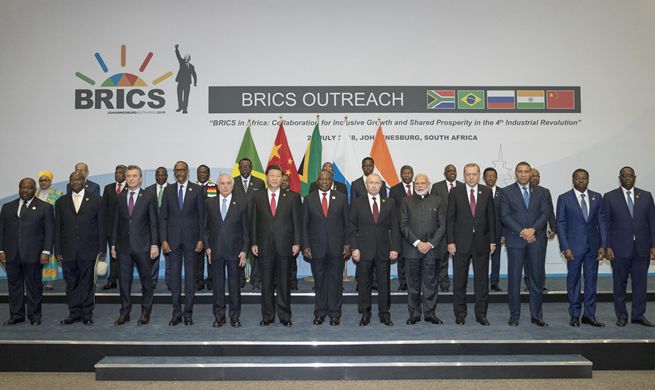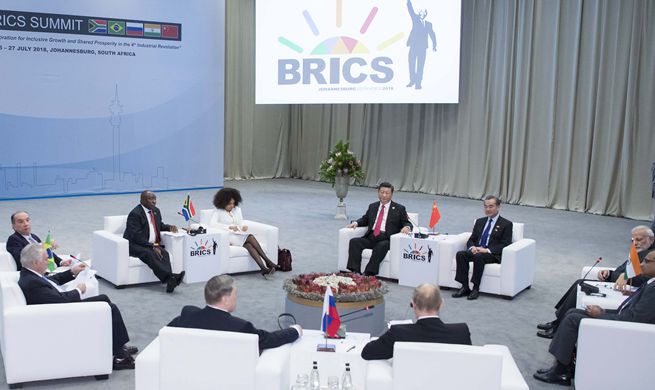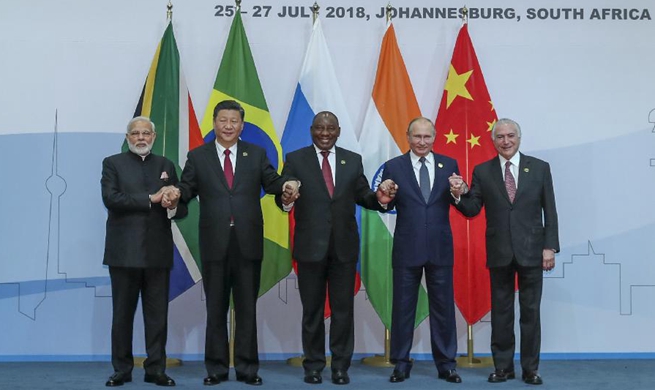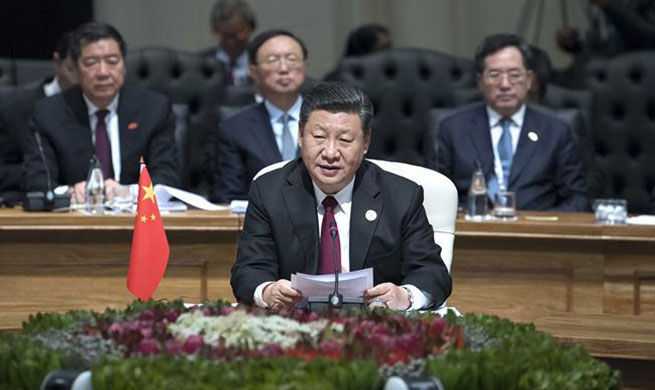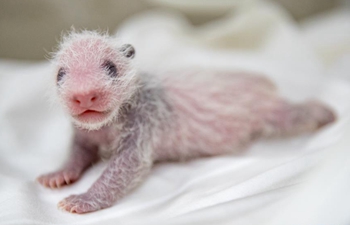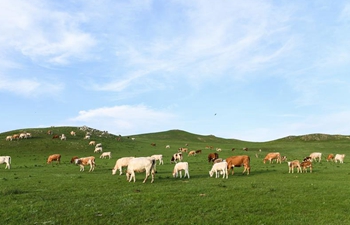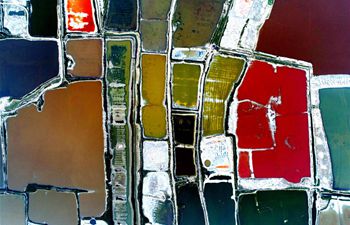TEGUCIGALPA, July 27 (Xinhua) -- El Salvador's entry into the Customs Union of Central America's Northern Triangle is poised to strengthen regional integration.
El Salvador's participation is set to optimize the mechanism established by its Northern Triangle neighbors, Honduras and Guatemala, on June 26, 2017.
"The incorporation of El Salvador and other countries in the region can turn us into the seventh-largest economy in Latin America," Honduran President Juan Orlando Hernandez said recently.
"In trade matters, we must act as a bloc to compete with the world's large markets, and as a region we have a privileged geographic position, with easy access to both oceans," said Hernandez.
The Customs Union has reportedly helped slash the time to move goods through customs along the Honduran-Guatemalan border from 10 hours to 15 minutes.
Honduras and Guatemala have become the biggest economies in Central America, accounting for 52 percent of the region's territory and 58 percent of its population, with a gross domestic product of nearly 73 billion U.S. dollars (or 46 percent of the regional GDP) and trade exchange of more than 35 billion U.S. dollars.
The union has helped Honduras make major strides in modernizing its ports, streamlining its administrative and customs procedures, and building a substantial road network that spurred not only the national economy, but also the regional economy, said Hernandez.
El Salvador's Ministry of Economy called it "a historic step" in tightening ties of the Customs Union with the other countries of the Northern Triangle.
The move also "represents the most transcendental progress" the country has made in favor of Central America's economic integration, the ministry said in a statement.
The Customs Union "will spur the economies" of the three countries, and trade exchange in the Northern Triangle will "be able to expand later throughout the Central American region."
In Honduras, the Presidential Commission for Comprehensive Reform of the Customs System and Trade Operators (Coprisao) estimates the Northern Triangle represents 62.5 percent of Central America's GDP.
Following El Salvador's participation, the three economies together will account for almost 70 percent of the regional trade, or about 6.2 billion U.S. dollars, according to Coprisao member Eny Bautista.
Central America is home to 40 million consumers and covers a region of some 423 square km.
Should the Dominican Republic, which does ample trade with Central America, join the Customs Union, it would expand the consumer market to 50 million people and the territory to almost 480 square km.
Central America and the Dominican Republic have had a free trade agreement in place for 12 years.
The region maintains open trade ties intraregionally, as well as bilateral accords and multiregional agreements with the world's biggest markets.
The Northern Triangle has treaties with Mexico and Colombia, and trade accords with the United States, the European Union and Chile.
Central American countries also have bilateral agreements with Canada, Singapore and the Andean Community members Bolivia, Colombia, Ecuador and Peru.










